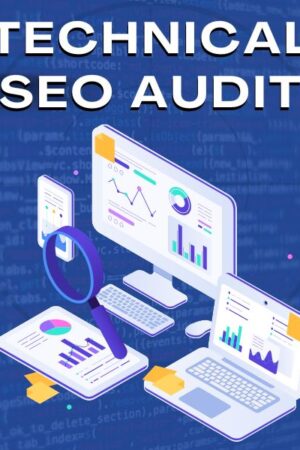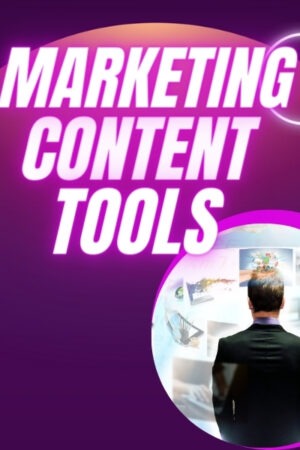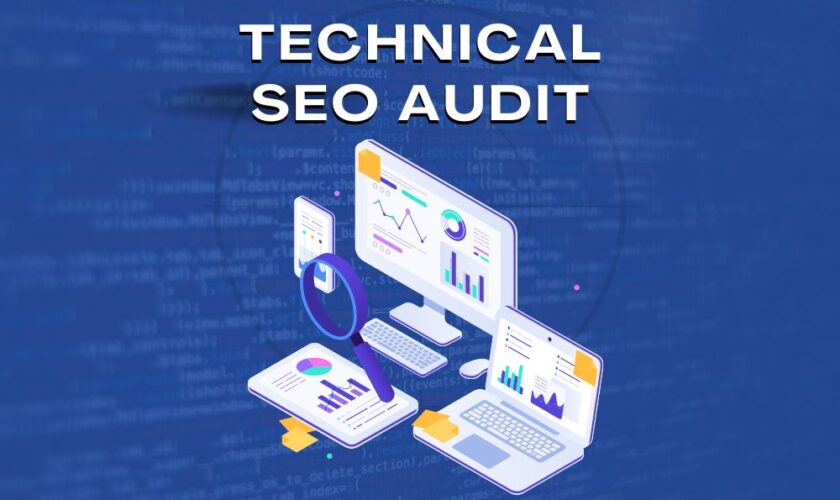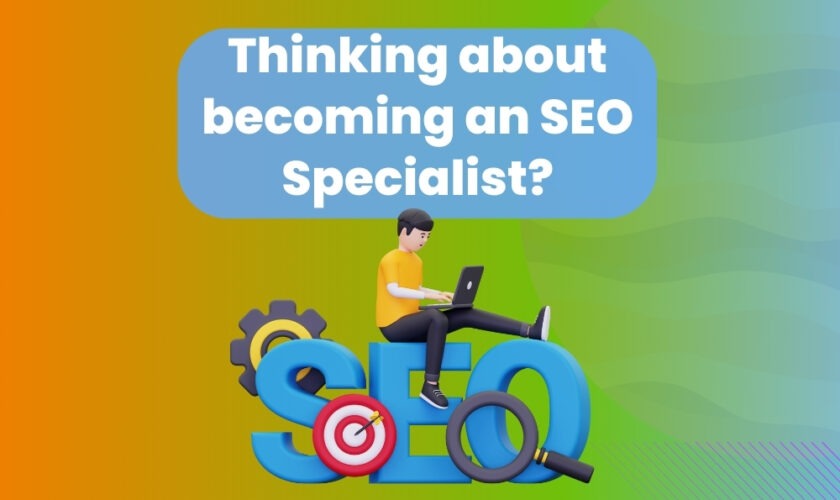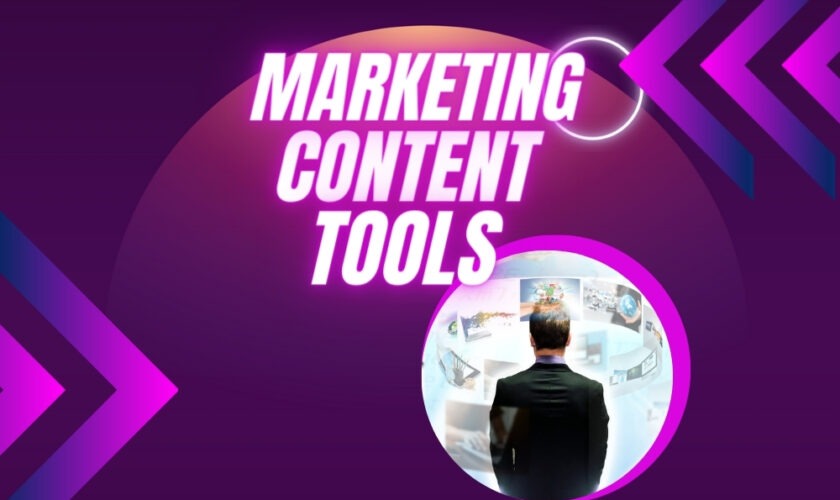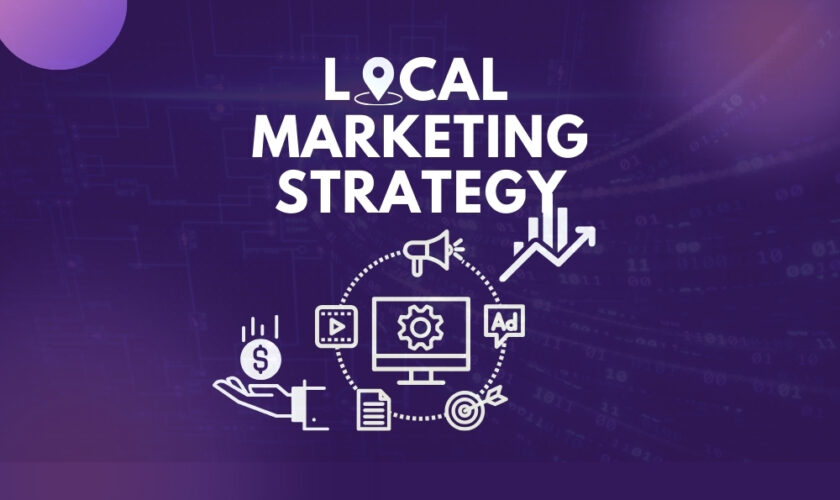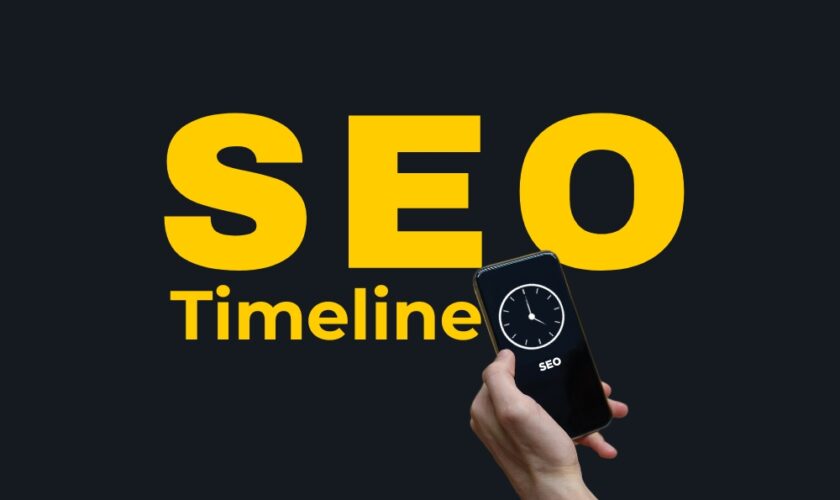In the blogging world, it is not advisable to proceed without data-driven insights. Just like you would only embark on a road trip with a map, you should understand traffic sources and user behavior to navigate your blog.
By analyzing this data, you can better understand your readers’ interests, where they come from, and how they interact with your website. With this knowledge, you can create content that resonates with your readers, leading to increased engagement and growth. In this guide, we’ll explore the essential tools and techniques for making data-driven decisions to help you succeed in the world of blogging.
Table of Contents
1. Data-Driven Traffic Insights:
Google Analytics:
Your free, all-in-one analytics powerhouse isn’t just a passive observer; it’s an active participant in your blog’s journey. Think of it as your data Sherpa, guiding you through the complex landscape of user behavior and website performance.
Unveiling the Mystery: Like a skilled detective, Google Analytics helps you crack the case of your traffic sources. It meticulously tracks and analyzes everything from organic search traffic – how your blog ranks in search engine results – to the ripple effects of social media shares and the effectiveness of any paid advertising campaigns you might be running. This comprehensive overview empowers you to understand where your readers are coming from, allowing you to refine your outreach strategies and target the right audience with the right content.
A Window into User Behavior: But the journey continues. Google Analytics becomes your invisible companion, observing how visitors interact with your blog. Imagine it as a silent witness, tracking metrics like the time spent on each page, the number of pages viewed per visit, and even the specific elements they click on. This treasure trove of insights unveils the hidden patterns in your audience’s behavior, revealing what content keeps them engaged, which sections confuse them, and where their attention might wander.
Empowering Informed Decisions: Armed with these insights, you can transform from a passive observer to a strategic architect. Use your understanding of traffic sources and user behavior to refine your content strategy, attract more readers from the most relevant channels, and optimize your website elements for a seamless user experience. Ultimately, Google Analytics empowers you to make informed, data-driven decisions that propel your blog towards long-term growth and success. Remember, it’s not just about gathering data; it’s about using it to paint a clear picture of your audience and then leveraging that knowledge to create a blog that truly resonates with them.
UTM Parameters:
UTM parameters, those seemingly cryptic codes attached to your links, might appear insignificant at first glance. But in reality, they act as invisible detectives, working tirelessly behind the scenes to unveil a crucial piece of the puzzle: where your website visitors originate. These tiny code snippets are key to understanding the specific source, medium, and campaign that led each visitor to your blog.
Think of it this way: Imagine you’re hosting a party at your house, and you want to know who showed up and how they heard about the party. Did they hear from a friend (social media referral), see a flyer (paid advertising campaign), or stumble upon your house while walking the neighborhood (organic search)? UTM parameters function similarly.
Breaking Down the Code: Each UTM parameter represents a specific aspect of the visitor’s journey:
- utm_source: This reveals the origin of the traffic, such as “facebook,” “newsletter”, or “Google”.
- utm_medium: It identifies the marketing channel used to reach the visitor, like “social”, “email”, or “CPC” (cost-per-click campaign).
- utm_campaign: This specifies the specific campaign that directed the visitor, like “summer_sale”, “guest_post_promotion”, or “blog_launch”.
Adding these parameters to your links essentially tags each visitor with their unique point of origin. When they arrive on your blog, Google Analytics reads these tags and meticulously logs them in the system.
The Power of Knowledge: This granular level of detail unlocks a treasure trove of information. You can now see:
- Which social media platforms are driving the most traffic
- The effectiveness of specific email campaigns
- The impact of paid advertising campaigns on different platforms
- The reach and engagement of guest blog collaborations
With this knowledge, you can craft a data-driven marketing strategy to maximize your ROI (Return On Investment). You can prioritize resources towards the most effective channels, refine your content based on what resonates with specific audience segments, and optimize your campaigns to deliver even better results.
Remember: UTM parameters are your secret weapons in the quest to understand your audience and optimize your blog’s performance. By harnessing their power, you can transform your marketing efforts from a guessing game into a well-informed strategy, leading to growth, engagement, and success.
2. Analyzing User Behavior:
Understanding how users interact with your blog is like reading their minds, only without the questionable ethics. It allows you to see your blog through their eyes, identifying resonating areas and uncovering potential roadblocks. Thankfully, modern tools provide a window into user behavior, empowering you to optimize your blog for maximum engagement and conversion.
1. Heatmaps: Your Visual Storytelling Tool:
Imagine a heat map showing how “hot” different areas of your blog are based on user interaction. Heatmaps allow you to see where users click, scroll, and potentially lose focus. Hotter areas indicate high engagement, while cooler areas hint at sections that need attention.
Benefits:
- Identify which sections capture user attention: Are they drawn to your headlines, images, or call-to-action buttons?
- Spot potential scroll fatigue: Do users scroll through sections quickly, indicating a lack of interest?
- Uncover areas of confusion: Are there elements users need help to find or interact with?
2. Session Recordings: Watching User Journeys Unfold:
Have you ever wondered how users navigate your blog? Session recordings offer a fascinating glimpse into their journey. Think of it like watching a silent movie, where you observe users navigate your website, click on elements, and interact with your content.
Benefits:
- Identify navigation obstacles: Are users needing help or clarification while searching for specific information?
- Understand how users engage with particular elements: Do they interact with your forms, videos, or social media buttons?
- Uncover unexpected user behavior: Observe genuine user interactions to discover hidden insights you might have missed.
3. Form Analytics: Optimizing Your Conversion Pipeline:
Forms are often the bridge between casual readers and engaged subscribers or customers. Form analytics helps you understand how users interact with your various forms, allowing you to identify areas for improvement and maximize conversion rates.
Benefits:
- Analyze form abandonment rates: Identify which fields might deter users from completing the form.
- Understand what information users provide: See which fields are filled out most frequently and optimize accordingly.
- Track form submission success rates: Analyze what content or incentives encourage users to convert.
Combining these powerful tools gives you a holistic understanding of user behavior. You can identify areas that delight and engage your audience and address aspects that might be confusing or frustrating. Ultimately, this knowledge empowers you to optimize your blog for a seamless user experience that drives engagement, conversion, and long-term success.
3. Putting Insights into Action:
Data analysis is like having a treasure map; it reveals valuable insights, but it’s up to you to transform them into actionable steps that propel your blog forward. Here’s how to translate your newfound knowledge into a winning blog strategy:
1. Content Aligned with User Interests:
- Dive into Engagement Data: Analyze which blog posts receive the most shares, comments, and reading time. These are strong indicators of topics that resonate with your audience.
- Go beyond the Numbers: Look for qualitative insights in comments and social media discussions to understand what resonates most deeply with your readers.
- Craft Content that Addresses Their Needs: Based on your findings, develop content directly addressing their interests, pain points, and aspirations. This will foster engagement and build a loyal following.
2. Optimizing for a Seamless User Journey:
- Heatmaps as Your Guide: Use heatmaps to identify areas of confusion, where users are clicking away or where they need help finding information.
- Session Recordings Reveal the Story: Watch session recordings to understand how users navigate your website and identify potential roadblocks.
- Refine Your Website for Optimal Flow: Based on your insights, optimize your website layout, navigation, and content placement to create a seamless user experience. This will keep users engaged and encourage them to explore further.
3. Tailoring Your Marketing Efforts:
- Traffic Sources Reveal Audience Habits: Analyze where your website traffic originates from, be it search engines, social media platforms, or referrals.
- Identify Your Audience’s Watering Holes: Based on your traffic sources, focus your marketing efforts on the platforms where your audience spends their time. This ensures you’re reaching the right people with the right message.
- Tailor Your Content and Tone: Adjust your content and communication style to resonate with the specific audience on each platform. For example, a more casual and engaging tone might work better on social media, while a more informative, formal and authoritative approach might be preferred on LinkedIn.
Remember: Stay calm by the data tsunami! Start by focusing on a few key metrics and gradually incorporate more insights as you get comfortable.
Bonus Tip: Experiment with different tactics and track the results. Did a specific blog post format or social media strategy boost engagement? Data tells the story, so leverage it to refine your approach and continuously improve your blog’s performance.
By embracing data-driven decisions, you unlock the power to understand your audience, create content they crave, and ultimately, watch your blog flourish. So, grab your metaphorical map (analytics tools) and confidently navigate your blogging journey!
Do you have any additional data tips to track your users’ sources and interactions? Please share them in the comments below!

